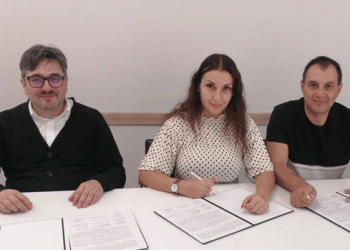#SavingApples #CodlingMothInfestation #AppleOrchards #PheromoneTraps #Biopesticides #EconomicLosses #EnvironmentalImpacts #HealthHazards
The Codling Moth (Cydia pomonella) is a notorious pest that plagues apple orchards around the world. This pest inflicts significant economic losses and hampers apple production. In this article, we will explore the current state of the Codling Moth infestation, its development, and the consequences of its infestation.
The Codling Moth is a species of moth that lays its eggs on the apples during the blooming season. The larvae that hatch from these eggs feed on the apples’ flesh, causing damage that renders the fruit unsuitable for consumption or sale. This pest inflicts billions of dollars in damages every year, making it a significant concern for apple growers worldwide.
In recent years, researchers have been working on developing methods to combat the Codling Moth infestation. One such method is using pheromone traps, which release a scent that attracts male moths and traps them, disrupting the pest’s mating process. Another technique is the application of biopesticides, which are naturally occurring substances that target the Codling Moth without harming beneficial insects or the environment.
While these methods are promising, there are still some challenges to overcome. For example, the Codling Moth has developed resistance to many insecticides, making the use of chemical insecticides less effective. Additionally, these methods may not be cost-effective for smaller-scale apple growers.
The consequences of the Codling Moth infestation extend beyond the economic losses incurred by apple growers. Infested fruit can be a health hazard if consumed, and the damage caused to the fruit’s skin can also allow for the entry of other pathogens. Additionally, the use of chemical insecticides to control the Codling Moth can have negative impacts on the environment and beneficial insects.
In conclusion, the Codling Moth infestation is a significant concern for apple growers worldwide. While promising developments have been made to combat this pest, there is still work to be done to ensure effective and sustainable solutions. By exploring and investing in new, environmentally friendly methods, we can save our apples and protect our environment.







